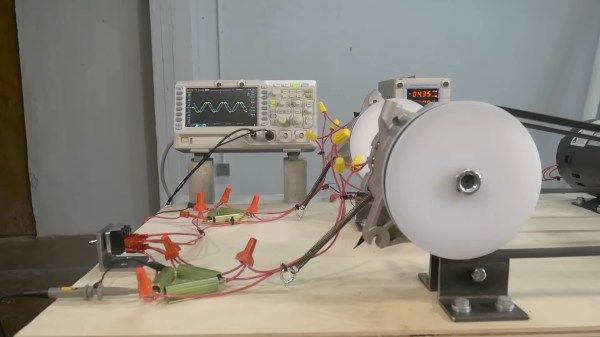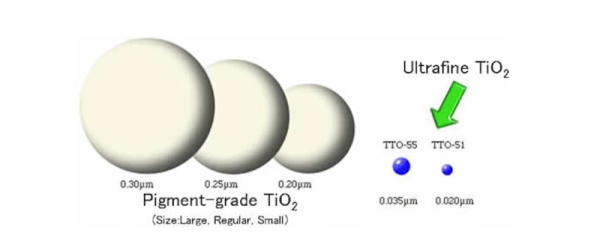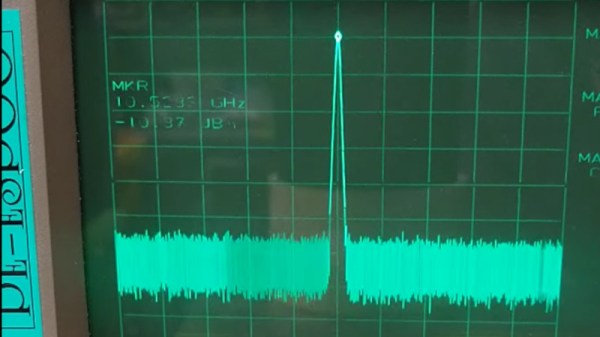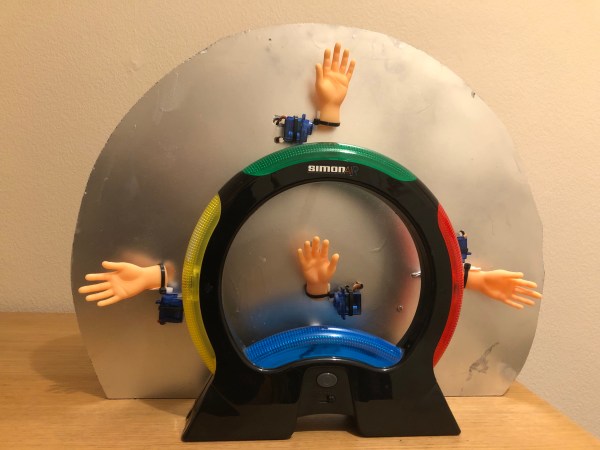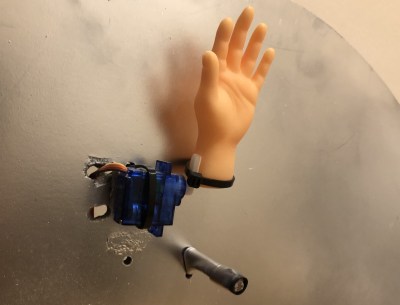If you watch YouTube long enough, it seems like going “off the grid” is all the rage these days. But what if the thing that goes off the grid is the grid itself? In the video below the break, [Grady] with Practical Engineering explores the question: How do you restart an entire power grid after it’s gone offline? It’s a brilliantly simple deep dive into what it takes to restore power to large amounts of customers without causing major damage to not just the grid, but the power generators themselves.
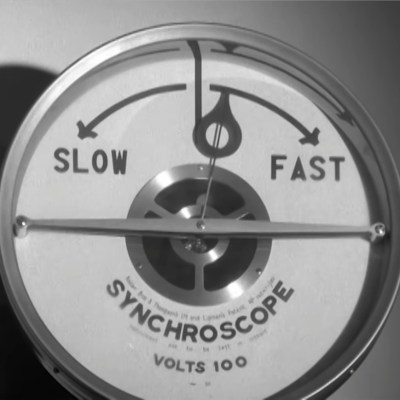
The hackers among us who’ve dealt with automotive alternators know it must be excited in order to generate electricity. What does that even mean, and how does it affect the grid? Simply put, it takes power to make power. For example, old heavy equipment had what they called pony motors — a small easy to start engine that’s sole purpose was to start a much larger engine. Aircraft have auxiliary power units (APUs) for the same purpose. What do power grids have? You’ll have to watch the video to find out.
Once at least two power generators are online, grid operators can just flip the switch and start feeding power to customers, right? Not quite. [Grady] once again uses a clever test jig and an oscilloscope to show the damage that can occur if things aren’t done just right. It’s a fascinating video well worth watching.
Learn how grid operators use a Power Grid Emulator called LEGOS to help them with keeping the electrons flowing in the right direction.
Continue reading “Restarting The Grid When The Grid Is Off The Grid”

